1934 · [Various locations in Hawaii, mostly in and around Honolulu
by [Hawaii]
[Various locations in Hawaii, mostly in and around Honolulu, 1934. Very good.. [44] leaves, illustrated with 233 photographs and a few real photo postcards in mounting corners, and nine loose images. Square large quarto. Contemporary Japanese-style photograph album bound in limp blue cloth, sewn in red thread. Minor edge wear, light soiling and rubbing. Internally clean. A fascinating annotated vernacular photo album documenting the personal adventures and service of an unnamed woman working with the Y.W.C.A. in Hawaii in the early 1930s. The photographs are a mixture of group portraits and action shots capturing the activities of the young women at (truncated)
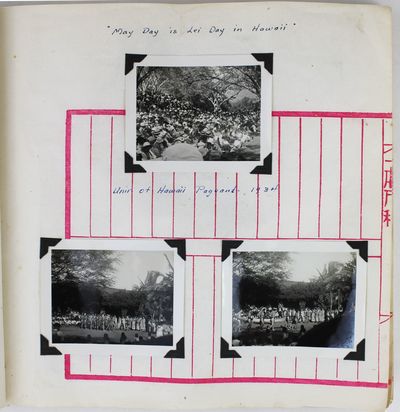
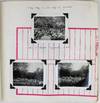
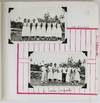
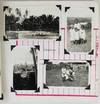
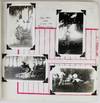
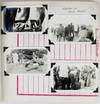
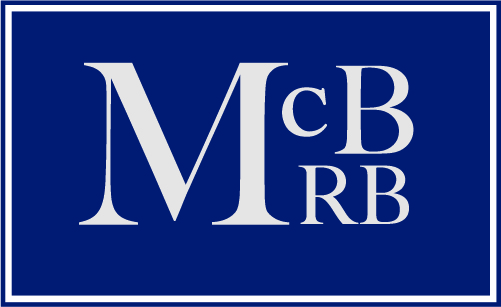
![[Manuscript Document, Signed, and Plat Map Authorizing the Sale of a Plot of Land Near the Texas Gulf Coast Granted to Sophia Ralph to a Resident of the Republic of Texas]](https://d3525k1ryd2155.cloudfront.net/h/045/413/1693413045.0.m.jpg)
![[19th Century Album of Tintypes and Cabinet Cards Documenting a Texas Family]](https://d3525k1ryd2155.cloudfront.net/h/044/413/1693413044.0.m.jpg)